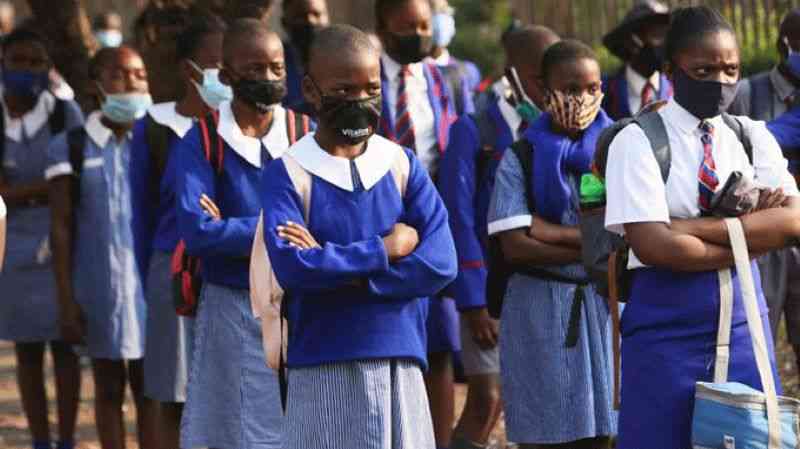
THE Zimbabwe Schools Examination Council (Zimsec) released the Grade Seven results last week, which shows an improvement from those attained last year.
The national pass rate was 45,57% up from 40,09% recorded last year.
Zimsec chair Eddie Mwenje attributed the improvement in the pass rate to the return to the normal school calendar after the disruptions caused by the COVID-19 pandemic and interventions by the Primary and Secondary Education ministry in terms of teaching and learning.
The parents also chipped in by paying incentives to teachers so that they put more effort. Pupils in urban areas had good results due to extra lessons.
While the government does not want to hear about extra lessons, they have been part of the curriculum, especially for examination classes.
Those incentives helped as the disgruntled teachers were motivated to teach during weekends and holidays to prep up the students.
The same facility is not enjoyed by pupils in rural areas who have no capacity to pay for extra lessons.
We reckon that the 45,57% pass rate is not good enough for a country with one of the highest literacy rates in the world.
- Govt pleased with teacher turnout, but ...
- Teacher shortage hits rural schools
- UNICEF learning passport bridges digital learning gap
- Govt challenges visual art teachers
Keep Reading
The 45,5% pass rate means more than half of the 372 603 candidates failed. This is an indictment on the part of the government. An analysis would have shown that the pass rate was weighed down by the rural areas which do not have access to basics like books.
We implore government to address these gaps so that the national pass rate improves. Neglecting schools in rural areas would be contrary to President Emmerson Mnangagwa’s “leaving no one and no place behind” mantra.
We also urge government to look for more resources from developmental partners to bridge the education gap. Once the resources are secured, there should be a tight monitoring system to avoid abuse of funds.
Government should use the recently acquired US$32 million windfall from the United Kingdom to beef up the education sector.
Urban schools need to be decongested to be conducive for learning. Teachers in urban schools have average classes of over 50 students.
That a teacher teaches all the subjects, gives homework and marks all the books is a tall order considering the low salaries they get.
Zimbabwe needs to build 2 800 schools to decongest some of the learning institutions. Government alone cannot plug that hole.
There is a need for public-private partnerships for new schools to be built. However, the government must take the first step by putting in place a conducive environment that pulls in private players. In addition, it must show commitment by putting more money into the education sector.
In the 2024 national budget, the Primary and Secondary Education ministry was allocated ZWL$7,9 trillion (about 15% of the total budget).
While this is lower than the benchmark set by the Dakar Framework for Action that recommends a 20% threshold on budgets when it comes to the education sector, the vote is an improvement from last year’s 14%.







